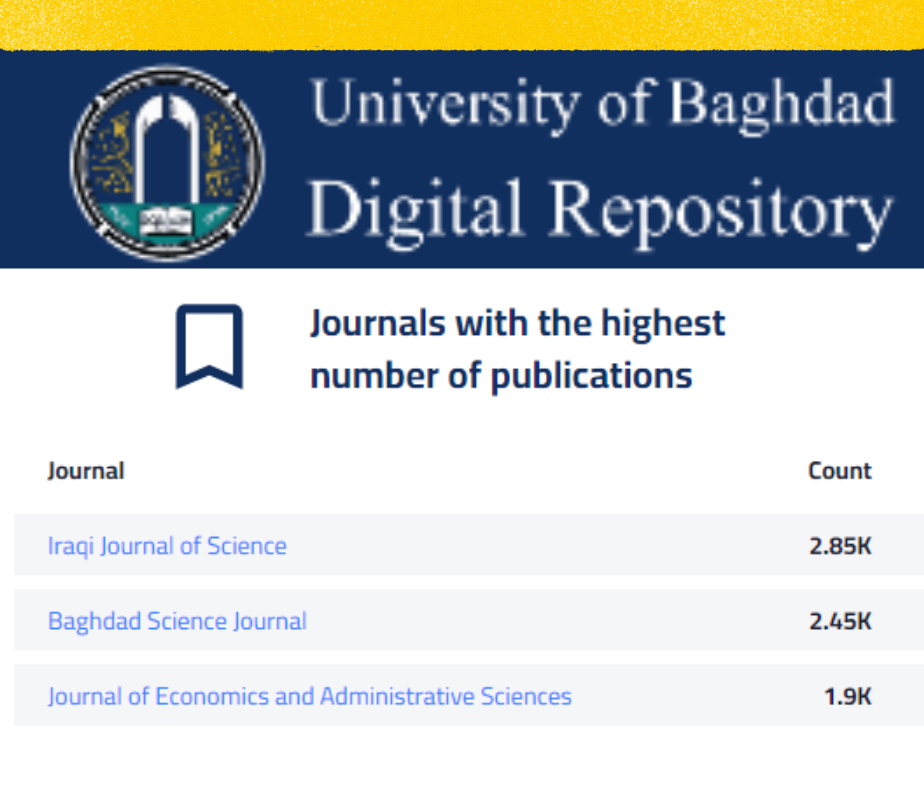Comparison of Hurst exponent estimation methods
DOI:
https://doi.org/10.33095/jeas.v27i128.2162Keywords:
Fractional Brownian motion, Hurst exponent, Short memory, Long memory, Self-similarity, Discrete Wavelet, Long-range dependence, Short-range dependenceAbstract
Through recent years many researchers have developed methods to estimate the self-similarity and long memory parameter that is best known as the Hurst parameter. In this paper, we set a comparison between nine different methods. Most of them use the deviations slope to find an estimate for the Hurst parameter like Rescaled range (R/S), Aggregate Variance (AV), and Absolute moments (AM), and some depend on filtration technique like Discrete Variations (DV), Variance versus level using wavelets (VVL) and Second-order discrete derivative using wavelets (SODDW) were the comparison set by a simulation study to find the most efficient method through MASE. The results of simulation experiments were shown that the performance of the methods is relatively close, except for the SODDW method was the most efficient in MASE.
Paper type Categorize your paper under one of these classifications: General review
Downloads
Published
Issue
Section
License
Articles submitted to the journal should not have been published before in their current or substantially similar form, or be under consideration for publication with another journal. Please see JEAS originality guidelines for details. Use this in conjunction with the points below about references, before submission i.e. always attribute clearly using either indented text or quote marks as well as making use of the preferred Harvard style of formatting. Authors submitting articles for publication warrant that the work is not an infringement of any existing copyright and will indemnify the publisher against any breach of such warranty. For ease of dissemination and to ensure proper policing of use, papers and contributions become the legal copyright of the publisher unless otherwise agreed.
The editor may make use of Turnitin software for checking the originality of submissions received.













 How to use the OJS system
How to use the OJS system 











